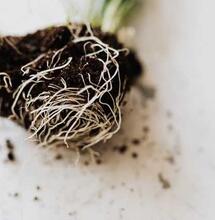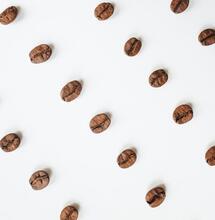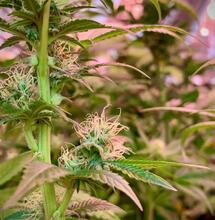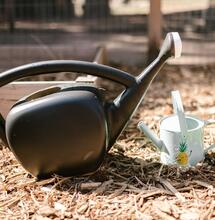Micronutrients - Boron

Micronutrients are essential to a plant's growth and development, just in much smaller quantities. Their importance should not be underestimated, as critical plant functions can be affected if micronutrients are not available. The micronutrients are Boron, Chloride, Copper, Iron, Manganese, Molybdenum and Zinc.
Boron is a vital trace mineral. In its elemental form, boron is not present in nature and is extracted from other compounds such as boric acids. Boron is essential to the health of all living things.
In plants, boron is used alongside in cell wall synthesis and cell division. Plants need larger quantities of boron in the reproductive growth stage as it assists with pollination, seed and fruit development. Boron is necessary for the movement of sugars and carbohydrates around the plant. It metabolises nitrogen, forms proteins, regulates hormone levels, transports potassium to the stomata, and helps to regulate internal water balance. Boron uptake by plants is a passive (non-metabolic) process. It moves from the soil solution (the liquid phase of soil) through the plant's tissue, settling in the leaves, meaning that the boron's uptake and accumulation directly depend on the transpiration rate.
In a natural environment, plants get their boron supply from the soil solution, where it has broken down from organic matter over time. In an indoor growing environment, the plant receives boron from the nutrient feed formulas in boron acid H3BO3 or borate H2BO3 and sometimes from the source water used to mix the nutrient solution. There is usually only a minute amount of boron present in the soil compared to the macronutrients that the plant needs and takes up.
A deficiency will cause overall reduced growth and development. Upper young leaves may yellow, curl, wrinkle or die. Boron works with calcium, and so the two often appear as a deficiency together, most often from the under-watering of plants and when they grow in sandy or highly weathered soil, low in organic matter.
A nutrient supplement is a great way to give deficient plants a boost of boron and magnesium, and calcium. A cost-effective and straightforward way to get boron into your plants is by using household borax or boric acid and adding it to your nutrient feed. However, it is strong and can become toxic quickly, so keep concentration to half a teaspoon of borax to 1 gallon of water.
Boron being a micronutrient means that whilst your plants need it to function correctly, they only need a minimal amount. There is a very fine line between the required dose and an overdose. The signs of toxicity include older lower leaves showing slight yellowing and burning. This burning will soon move throughout the leaf and cause it and any flowers or fruit to die, which can happen quickly.
Boron is water-soluble. Most water will contain some level of boron. In water, the level should not be above (0.5 ppm). In the medium, toxicity can occur if pH is under 5.5. If you do experience boron toxicity, flush the plant with water. This will cause some boron to be lost from the soil as the flush water drains through. Using a fertiliser containing a higher calcium level is also a good idea. Calcium will also bind up some of the boron in the soil, making it unavailable for the plant to take up.
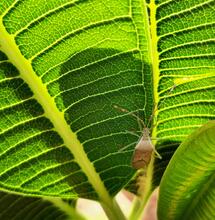

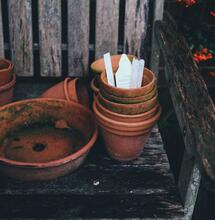
.png)
